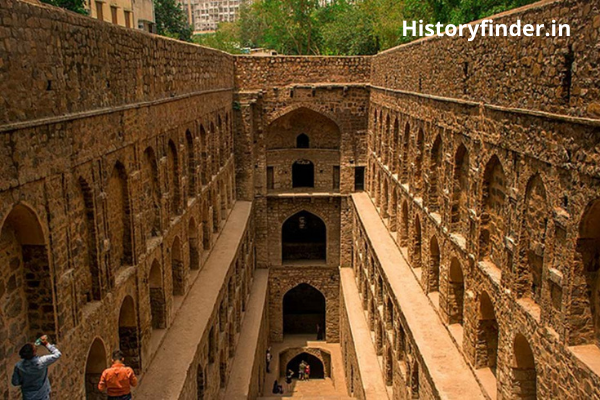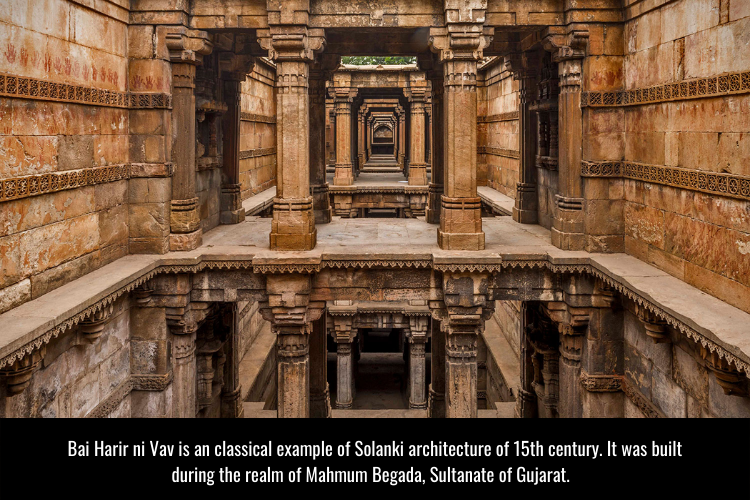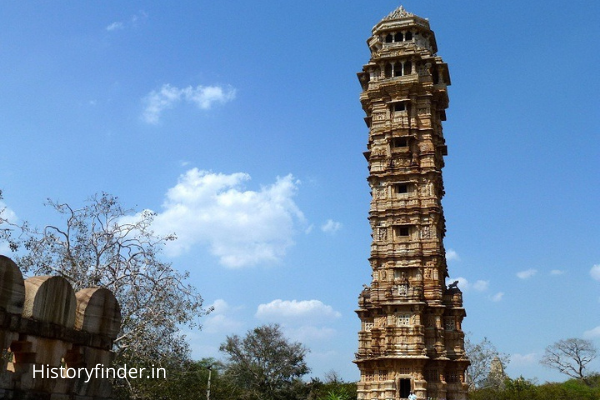Agrasen ki baoli, the famous stepwell in Delhi, is a place to visit must when you are in Delhi.
History of stepwells in India
Stepwells in India were purposefully built during ancient times to reserve water. During dry seasons, people found hard to get ample water for drinking and other usages.
The deep wells could easily store lots of water during rainy seasons. Further, with it’s hundreds of descending steps, people could easily access the water level despite seasonal changes of it. It was a great source of leisure and worship!
The stepwells had another importance as rest places during those periods. It indeed had a great significance for traders and travellers to have some nice cold water during their long journeys.
Even today, there are around 2000 surviving stepwells in India. Most of these are now being maintained by the Archaeological Survey of India (ASI) under the Ancient Monuments and Archaeological Sites and Remains Act of 1958.
The meaning and synonyms
‘Agrasen Ki Baoli’ is a local Hindi term which means ‘The stepwell of Agrasen’. The word ‘Baoli’ means a stepwell, whereas the King Agrasen is believed to be the founder of it.
The term ‘baoli’ is popular in the Hindi speaking states in North India. It is also referred as ‘Bawadi’, ‘Bawari’ or ‘Bauri’ in these areas. But other states like Rajasthan or Gujarat, people also refer it as ‘Vav’, ‘Vavadi’ or ‘Bavadi’.
Also read:
- Dada Harir Vav: A 15th century Solanki architecture in Gujarat
- Adalaj Ni Vav: Amazing facts about the 15th century stepwell
However, it is not certain who built this stepwell. But some people gives the credit to the king Agrasen. Hence the name.
Agrasen ki baoli history
Centuries ago, this was a reservoir as well as a summer refuge for heat-stricken citizens, living in pre-Lodhi times. As the water level plunged, the people would seek a cooler retreat in the baoli’s lower reaches.
The local peoples still believe that Maharaja Agrasen (or, Ugrasen) was the founder of this stepwell; during the timeline of Mahabharata, one of the Epics of India. Hence the stepwell is also famous as ‘Ugrasen ki Baoli’.
But there is no such evidence could found to back this claim. However, the name remains the same.
Historic records say, the stepwell was rebuilt over the old one in the 14th century, by the rich Agarwal family. Some people also say, this Agarwal family to be the descendants of Maharaja Agrasen.
So, today’s structure belongs to the 14th century, during the rules of Tuglaqs in Delhi.
The structure of Ugrasen ki Baoli
14th century baoli, an ancient step-well, is like a blast from the past. The whole structure can be divided into two parts.
- The Stepwell; and
- The Mosque
1. Exploring the stepwell
Flanked on both sides by niches, chambers and passageways, the 108 stone steps, descending into the well’s dried bottom, have three levels.
The stepwell is 60 meters in length and 15 meters in width. It features a unique and ornate architectural style. The whole structure is built out of rubble masonry, using an assortment of rocks and stones.
The rectangular shape of the stepwell makes it stand out from the other baolis in Delhi. As the other stepwells are mostly were built as round shaped water reservoirs.
These steps are built over three levels, each of which serves as a landing where people can rest and relax. These levels are in turn akin to arched stone carvings that lie in beautiful symmetry to each other.
Till 2002, there was enough water here that boys could swam. The lovers also threw wish-making coins. But you still start feeling the cold once you start stepping down the stairs.
2. Exploring the Mosque
To the southwestern side of the stepwell, you will find a small Mosque situated above a considerable elevation. The mosque happens to be a very old construction. The roof of the mosque has fallen; however, a number of pillars and columns are still intact.
You would find a number of Buddhist – Chaitya carvings on the wall of the mosque. You will fall in love with the pillars carved out of sandstone.
The image gallery
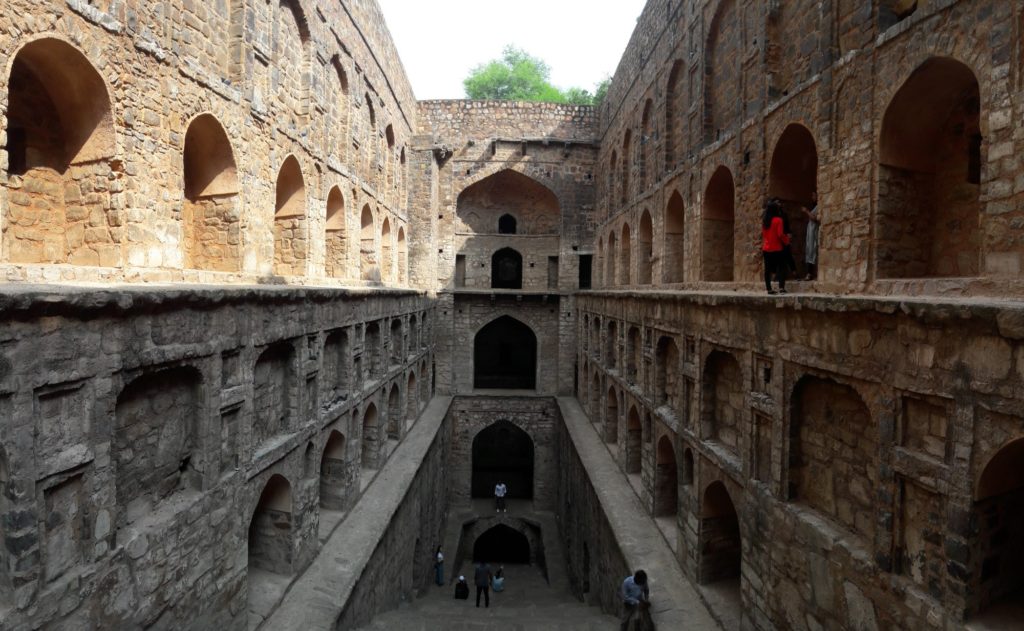
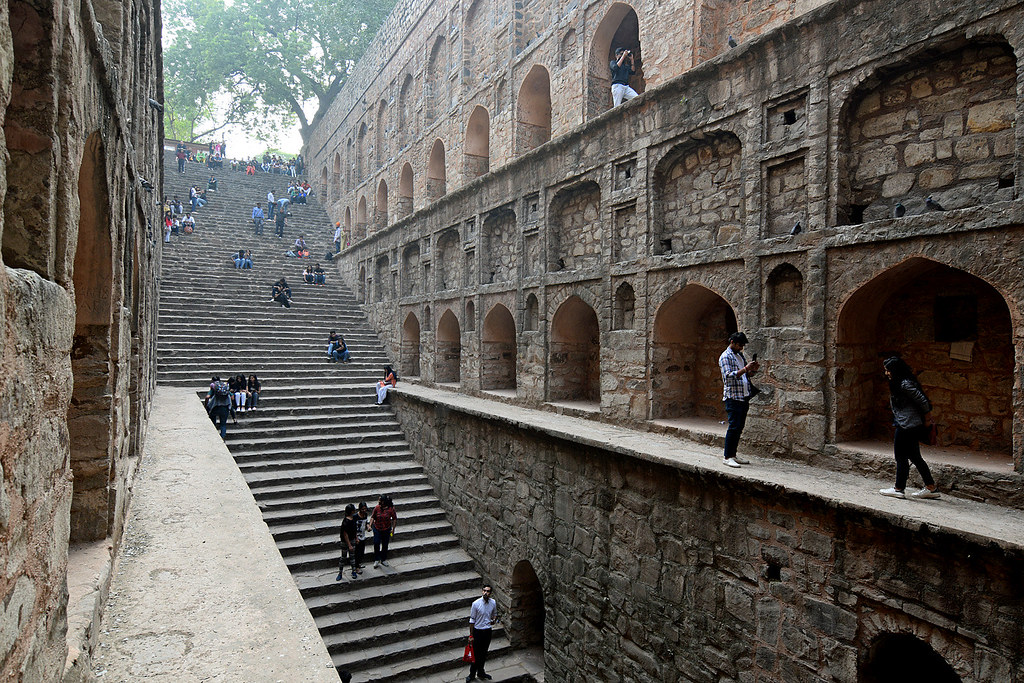

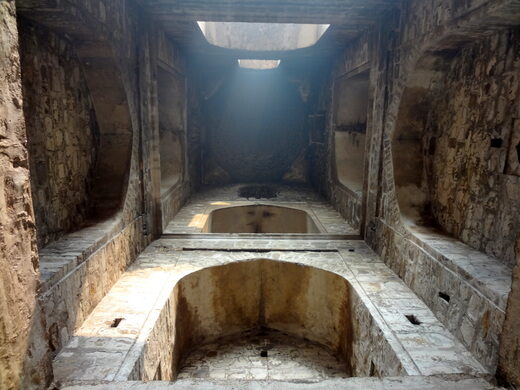

About Agrasen ki Baoli haunted story
There is a local say that the water inside the well hypnotizes people and allure them to commit a suicide. The another say is the bad black water kills people mysteriously. However, no single evidences of any suicide or mysterious death is found at ‘Ugrasen ki Baoli‘.
The Ugrasen ki Baoli haunted story makes it to the list of famous haunted destinations in India.
Some people have said that they have heard strange noises and witnessed apparitions. However, no one knows the truth. It is mostly visited by tourists and locals who hang out there.
As you enter, you’ll listen to the gurgling sound of hundreds of pigeons. The place is full of pigeons and bats, which may have been the reason behind such haunted story.
Destination guide: Agrasen ki Baoli address
The famous stepwell of Delhi, Agrasen ki Baoli, is located at Hailey Road, KG Marg, New Delhi. Further, it is just a 10-minutes-walk from Connaught Place’s N Block.
The place has three Metro stations nearby. The nearest Metro stations are:
- Janpath (Violet Line),
- Barakhamba (Blue Line), and
- Rajiv Chowk (Blue and Yellow Lines)
The stepwell is indeed, a great place to visit within the NCR region; and explore some 14th century architectures.
That’s not all. You can explore some of the iconic restaurants near Agrasen ki Baoli include Spice Route (1 km), Indian Coffee House, Connaught Place (1.5 km), Tamasha (1.5 km), and Parikrama – the Revolving Restaurant (1.6 km).
People also ask
There is no entry fee to enter Agrasen ki Baoli. You can visit the place for free.
You can visit anytime between 9 am to 5 pm. The place is maintained by the Archaeological Survey of India (ASI). So, your entry can be restricted by ASI beyond this timing.
No. There is no such restrictions. You can carry your camera or mobile phone into the stepwell without any issues.
